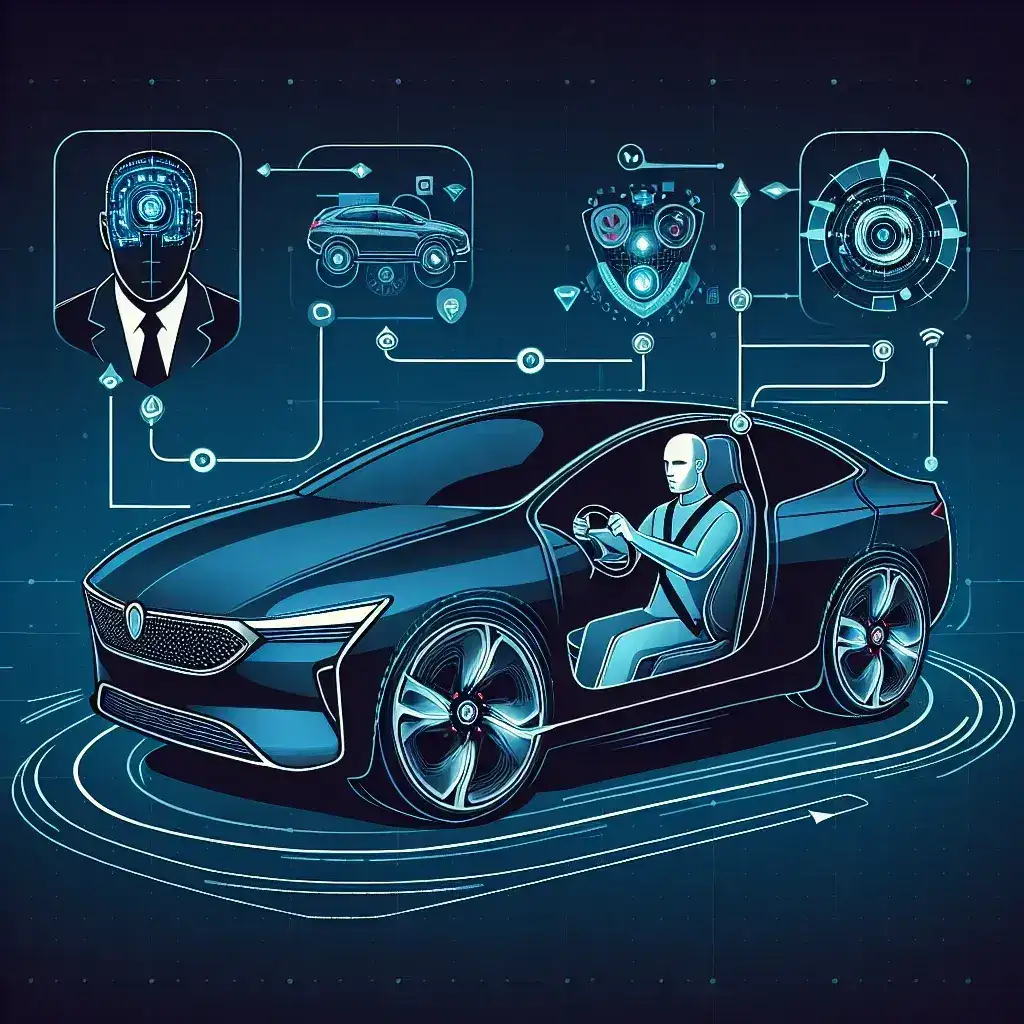Introduction to Ford’s BlueCruise System
Ford has been at the forefront of automotive innovation, and its BlueCruise system is a testament to this commitment. Designed to make driving easier and safer, BlueCruise allows drivers to enjoy hands-free driving on mapped highways. However, as technology evolves, so do the needs of drivers. In response, Ford has recently updated its BlueCruise system to include advanced driver monitoring features that promise to enhance safety and convenience.
Historical Context of BlueCruise
The journey of Ford’s BlueCruise began with the development of Level 2 autonomous driving technology. This system leverages cameras, radar, and sensors to provide drivers with a more relaxed driving experience. Launched to much fanfare, the initial version of BlueCruise introduced the concept of hands-free driving. As the automotive landscape changes, Ford recognized the importance of evolving its technology to meet safety standards and consumer expectations.
New Driver Monitoring Features
Enhanced Safety Protocols
The latest updates to BlueCruise integrate robust driver monitoring capabilities. These features are designed to ensure that the driver remains attentive while using the hands-free driving function. Using an array of cameras and sensors, the system now tracks the driver’s eye movements and head position. If it detects that the driver is not paying attention to the road, it issues alerts, such as gentle nudges or audible warnings, to regain their focus.
Real-Time Feedback
One of the standout aspects of the new driver monitoring features is the ability to provide real-time feedback. This means that drivers are continuously informed about their attention levels. If the system senses that a driver is distracted or fatigued, it can recommend taking a break or stopping to ensure safety. This proactive approach is particularly beneficial for long-distance travelers who may find themselves losing focus over time.
Step-by-Step Guide to Utilizing BlueCruise with Driver Monitoring
- Activation: To activate the BlueCruise system, ensure the vehicle is on a designated highway and engage the cruise control.
- Monitoring: The driver monitoring system will automatically begin tracking attention levels as soon as BlueCruise is activated.
- Alerts: Pay attention to alerts from the system. If you receive a warning, take a moment to refocus on the road.
- Feedback Review: After your trip, review the feedback provided on your attention levels for insights into your driving habits.
Pros and Cons of the Updated BlueCruise System
Pros
- Increased Safety: The system’s ability to monitor driver attention levels can significantly reduce the risk of accidents caused by distraction.
- Convenience: Hands-free driving combined with real-time feedback allows for a more relaxed driving experience.
- Data-Driven Insights: Drivers receive valuable data about their driving habits, which can help improve their overall driving performance.
Cons
- Privacy Concerns: Some drivers may feel uneasy about being monitored by cameras and sensors.
- Dependence on Technology: There is a risk that drivers may become overly reliant on the system, risking safety if they do not remain engaged.
- Learning Curve: New users may need time to adapt to the system and understand its alerts and features fully.
Future Predictions for Driver Monitoring Technologies
The enhancement of Ford’s BlueCruise system serves as a glimpse into the future of automotive technology. As consumer demand for safety features grows, it is likely that other manufacturers will follow suit, integrating similar monitoring systems into their vehicles. This trend may lead to a broader acceptance of semi-autonomous driving technologies, with a focus on ensuring driver safety and engagement.
Expert Insights
Industry experts believe that the future of driving will heavily rely on advanced monitoring technologies. Dr. Jane Smith, an automotive safety researcher, states, “As vehicles become more capable of assisting drivers, ensuring that individuals remain alert and engaged is crucial. The updates to Ford’s BlueCruise system are a step in the right direction towards achieving this balance.”
Cultural Relevance and Consumer Impact
As society becomes increasingly aware of the implications of distracted driving, the updates to Ford’s BlueCruise system resonate with a growing demand for safer travel solutions. The integration of driver monitoring features reflects a shift in consumer priorities towards not only convenience but also safety. This cultural shift indicates that manufacturers must prioritize technologies that enhance the driving experience without compromising safety.
Conclusion
The recent updates to Ford’s BlueCruise system, focusing on driver monitoring capabilities, highlight the company’s commitment to safety and innovation. By integrating advanced monitoring features, Ford aims to create a more secure driving environment, allowing drivers to enjoy the benefits of hands-free technology while remaining attentive on the road. As the automotive industry continues to evolve, these enhancements will play a crucial role in shaping the future of driving.

Leave a Reply